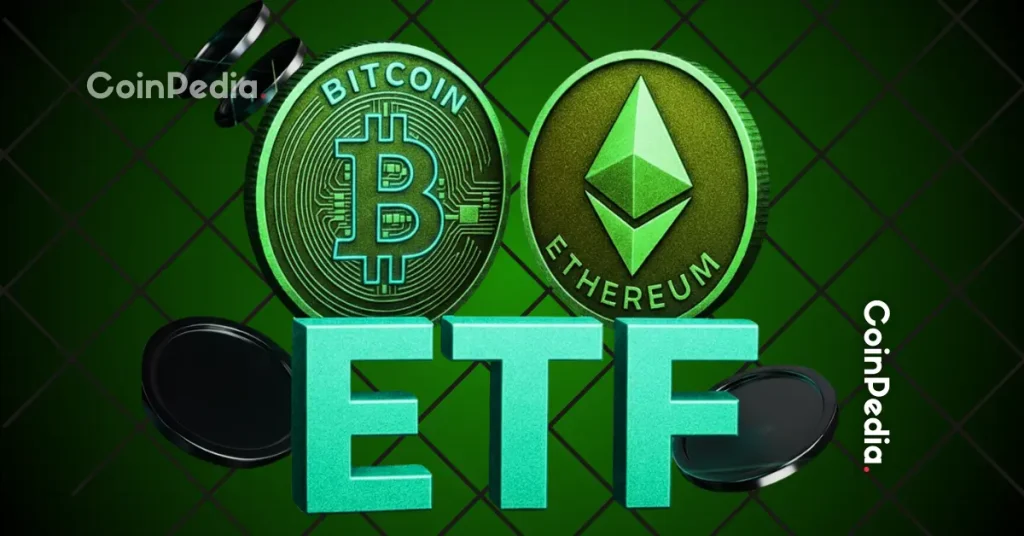
In March, the Ethereum blockchain will undergo its biggest update since moving to a proof-of-stake (PoS) system last September. Once the update, dubbed “Shanghai,” is completed, the 16 million staked Ethereum (ETH) will finally be available for withdrawal by validators who help keep the network running.
The main purpose of Shanghai is to implement Ethereum Improvement Proposal (EIP) 4895, which allows withdrawals by validators, but the full list of other changes has just been finalized. It also includes additional updates that many app developers and users will notice.
What is EIP4895?
Shanghai will make it possible to withdraw 16 million Ethereum that validators have staked to help secure the network.
In the previous major update, “Merge,” Ethereum’s consensus mechanism was changed from Proof of Work (PoW) to Proof of Stake (PoS), adding blocks to the blockchain using traditional miners. Instead, validators were engaged.
Validators are required to stake 32 Ethereum to participate in the block validation process. Staking Ethereum works like a lottery ticket. The more Ethereum a validator stakes, the more likely they are to be selected to validate the next block of a transaction and earn network rewards.
Validators were informed prior to joining the PoS blockchain that the Ethereum they staked and earned as rewards would be locked up until a subsequent update.
Validators have been staking Ethereum and earning rewards since December 2020, when Ethereum released its PoS “Beacon Chain” as the first step towards Merge. And finally, validators will be able to get their own Ethereum.
Importance of Shanghai
Staking validators may want to keep the rewards they have earned in the last two years, or they may want more control over their assets due to the market uncertainty in the past year. , located at EIP4895, the main destination of Shanghai.
However, beyond access to locked-up assets, PoS blockchains have yet to fully come into their own since their inception. The blockchain works well, but validators have had to lock up their assets to keep Ethereum running.
With the introduction of a mechanism to release staked Ethereum, the PoS blockchain will become fully operational, allowing stakers to control their own assets and decide for themselves what to do with the rewards they earn. become able to.
how to withdraw ethereum
If you are a validator, there are two ways to withdraw your Ethereum after Shanghai runs.
The first is the “withdrawal credential” setting. Rewards earned through staking are automatically unstaked. The second is to completely exit the beacon chain and unstake all stakes.
The time it takes to unstake “will depend on how many people are unstaking,” said Ethereum Foundation developer Marius Van Der Wijden.
Withdrawals are subject to technical limitations. However, staking opens up new possibilities for the Ethereum blockchain and those who trade on it, and it is unlikely that all validators will exit the blockchain.
With Ethereum withdrawals looming, traders are keeping an eye on market movements. Some believe that staked Ethereum will be withdrawn, creating selling pressure, while others believe Shanghai will encourage more staking.
After the execution of Shanghai, the reward that can be withdrawn immediately is about 1 million Ethereum. Traders will be watching to see if Ethereum will go on sale soon and if that will drive the price of Ethereum down.
Other elements of Shanghai?
Four other relatively small EIPs in Shanghai concern transaction fees on Ethereum, so-called gas prices. Gas prices can skyrocket during periods of high activity, and developers are adding mechanisms to curb gas prices.
EIP-3651 proposes to access the software “COINBASE” address (* completely unrelated to the coinbase of the exchange) used by validators and developers at a lower gas price. This will improve MEV (maximal extractable value) and other user experiences (UX), said Matt Nelson, product manager at ConsenSys.
“This EIP corrects a traditional oversight regarding the cost of accessing COINBASE addresses and provides additional benefits for users and developers bringing new use cases,” Nelson said.
The remaining three EIPs are:
- EIP-3855: Created code “Push0” to lower gas prices for developers
- EIP-3860: Set an upper limit on gas costs for developers when interacting with the code “initcode” used by developers for smart contracts
- EIP-6049: Warn developers about code called “SELFDESTRUCT” and deprecate it.Helps reduce gas bills
Ethereum after Shanghai
The developers decided to keep Shanghai’s range relatively small. The main reason is to enable staked Ethereum withdrawals as quickly as possible. As a result, some of the other big changes have been postponed to the third quarter of 2023.
Changes whose implementation has been postponed include “proto-dunk sharding,” which improves scalability by splitting the blockchain into multiple chain “shards.”
In addition, changes to the EVM Object Format are also planned in the near future, including some minor upgrades to improve the Ethereum Virtual Machine (EVM).
|Translation and editing: Akiko Yamaguchi, Takayuki Masuda
|Image: Shutterstock
|Original: What Is the Ethereum Blockchain’s Shanghai Hard Fork, and Why Does It Matter?
The post What is Ethereum’s next big update “Shanghai”? why it matters | coindesk JAPAN appeared first on Our Bitcoin News.

 2 years ago
129
2 years ago
129














 English (US) ·
English (US) ·